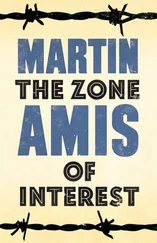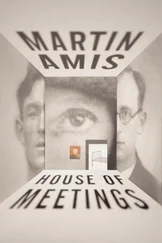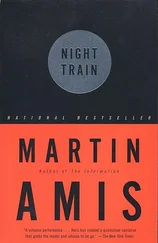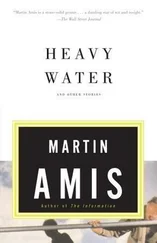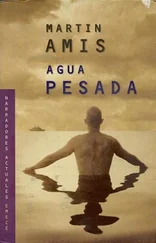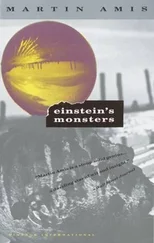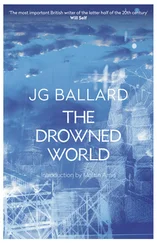‘There is no hint in any of the vast array of archival material to suggest that [Lenin] was troubled by his conscience about any of the long list of destructive measures he took’ (Volkogonov, Lenin: A New Biography ). ‘Nothing in the notes, remarks and resolutions of [Stalin’s] last years suggests anything but unfailing confidence that his life’s work was eternal’ (Volkogonov, The Rise and Fall of the Soviet Empire ).
Which the Provisional Government under Kerensky had reinstated as a punishment for front-line desertion. The Bolsheviks had earlier campaigned with the slogan, ‘Down with capital punishment, reinstated by Kerensky.’
Orlando Figes, A People’s Tragedy: The Russian Revolution 1891–1924 .
I searched without success for piatiletka in five end-of-monograph glossaries. Its clinching ‘internationalization’, then, didn’t last (although Hitler, and later Mao, took it up). Piatiletka means ‘five-year plan’.
It would not have escaped Nabokov’s notice that Chernyshevsky’s centennial (1928) was the occasion of much lugubrious ceremony in the Soviet Union. Chernyshevsky was saluted as the grandsire of the ‘Socialist Realism’ that Stalin intended to impose on the country’s remaining writers.
‘Lenin’ is thought to derive from the River Lena. ‘Stalin’: man of steel. ‘Kamenev’: man of stone. ‘Molotov’: the hammer. ‘Trotsky’ ( né Lev Bronstein) was the name on one of his false passports; it stuck.
I would like to emphasize that Christopher (like James Fenton, and all other Trotskyists known to me) was, of course, strenuously anti-Stalinist. But as a socialist he needed to feel that October had not been an instantaneous – or indeed an intrinsic – disaster. Even in 1975 it was considered tasteless or mean-spirited to be too hard on the Soviet Union. No one wanted to be seen as a ‘red-baiter’ – or no one except my father.
Sylvain Boulouque in The Black Book of Communism : ‘Out of a population of approximately 15.5 million, more than 5 million inhabitants have left for Pakistan and Iran, where they now live in miserable conditions… [M]ost observers agree that the war took between 1.5 million and 2 million lives, 90 per cent of whom were civilians. Between 2 million and 4 million were wounded.’ These figures are due for revision, post-2001.
All this is taken from The Russian Revolution, 1917 in the always-fascinating ‘Uncovered Editions’ series. I have followed punctuation and house style. And I confront the reader with what follows not for its detail but for its overall effect.
It seems that the Romanovs had two dogs with them in Ekaterinburg. One of them, Jemmy, was killed in the basement. The other, Joy, survived, despite her breed: she was a King Charles spaniel.
Reading Trotsky, one is often impressed by how much dishonesty he can pack into a paragraph. As to the details of the murders: ‘I was never curious about how the sentence [ sic ] was carried out and, frankly, do not understand such curiosity.’ Well, the Bolshevik leadership was certainly curious about the how : hence the secrecy, the eight-year cover-up; hence the sulphuric acid.
Pipes’s note reads: ‘Deposition by P. V. Kukhtenko in Solokov Dossier I, dated 8 September 1918; omission in the original.’
‘This group had not long before executed Prince Dolgorukov, General Tatishchev, Countess Gendrikova and Yekaterina Schneider, who had been accompanying the Romanovs’ (Volkogonov, Lenin ).
From Catherine Merridale’s Night of Stone: Death and Memory in Russia . In this section I am gratefully dependent on her striking chapter, ‘Common and Uncommon Graves’.
See also pp. 154–58.
This presented a logistical challenge in oft-purged Petrograd/Leningrad during the long days of arctic summer. Witnesses describe the two or three hours of darkness as something like a Monte Carlo Rally of black marias. The Cheka preferred the night, but they needed you to know that you were never safe. They could come for you at any time, in any place: on the street, in hospital, at the office or the opera.
Conquest notes the case of an eight-man cell at Zhitomir prison containing 160 inmates. ‘Five or six died every day,’ wrote a survivor. The bodies ‘continued to stand up because there was no room to fall down’. It was known as ‘cell torture’.
These ‘specially displaced’ people were usually led to some crag or snowfield with a peg sticking out of it (bearing a number) and nothing else. Jonathan Glover in his recent book Humanity: A Moral History of the Twentieth Century succinctly passes on the following case: ‘In 1930, 10,000 families were sent on a journey over the ice of the Vasyugan river. Many, especially children, died on the journey. The survivors were left, with no food or tools, on bits of land in the middle of the marshes. The paths back were guarded with machine-guns. Everyone died.’
These words could hardly be an attempt to placate Moscow. Ginzburg’s Into the Whirlwind (London: Harvill Press, 1967), a much more harrowing book than Solzhenitsyn’s One Day in the Life of Ivan Denisovich ( Novy mir , 1962: under Khrushchev), had no chance whatever of being published in the Soviet Union.
For what prison life was like without a latrine bucket see The Gulag Archipelago , Volume One, page 540 ff.
The circumstances are of course very different, but one can respectfully infer an interesting sex difference in these two little epiphanies. After a few expressions of gruff solidarity, Solzhenitsyn’s cellmates (one of whom, incidentally, was a stoolie) adjured him to silence: ‘Tomorrow! Night is for sleeping.’ Mrs Ginzburg and her new friends, by contrast, all talked incessantly – and without listening – to the point of clinical exhaustion: ‘“Yes, it’s lovely to be with people, but what a strain!”’
The secret police renamed itself seven times: Cheka (1917–22), GPU (1922–23), OGPU (1923–34), NKVD (1934–43), NKGB (1943–46), MGB (1946–53), MVD (1953–54), and KGB thereafter.
With Kathleen Gleeson (and their names are the same size on the cover of the paperback and hardcover). Bardach worked on his memoir while in his seventies (he is now a resident of Iowa City, and a world-renowned reconstructive surgeon), in itself sufficiently remarkable when you consider that the gulag experience almost always destroyed the faculty of memory. Nadezhda Mandelstam cohabited for three months with the amnestied journalist Kozarnovski (she was hiding him from the Cheka). For three months she systematically questioned him about the fate of her husband. She was not surprised (though she was doubly grieved) when she established that Kozarnovski’s ‘memory was like a huge, rancid pancake in which fact and fancy from his prison days had been mixed up together and baked into one inseparable mass’.
In Bardach’s cell the water was ankle-deep. Cf. Gulag 2 (p. 420). Solzhenitsyn tells of a whole penalty block where the water reached the prisoners’ knees: ‘In the autumn of 1941 they gave them all 58–14 – economic counterrevolution – and shot them.’ Torture preludial to death: this is a persistent theme. Sometimes the torture was, so to speak, situational; sometimes it was vigorous and concerted.
Читать дальше

